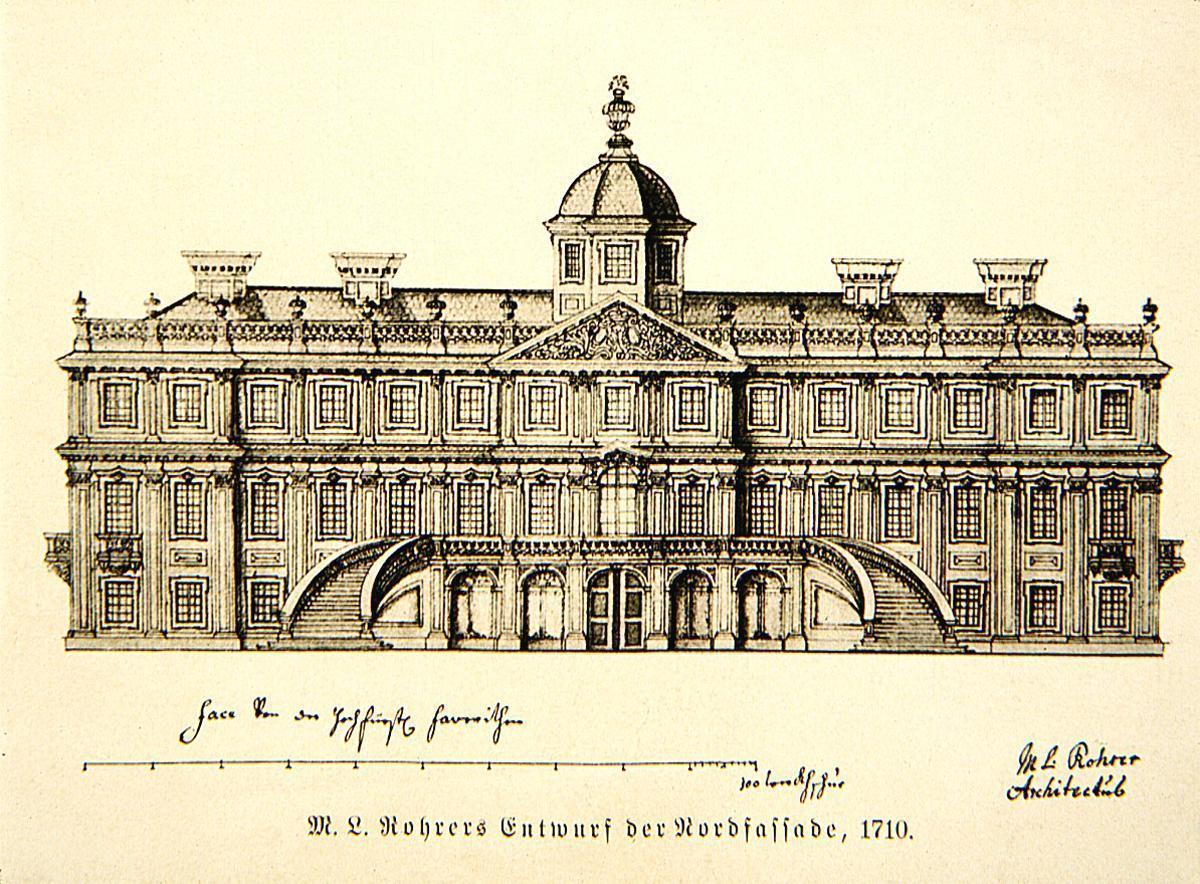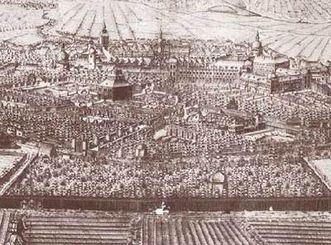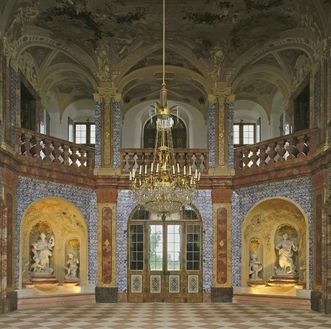Who was Rohrer?
Like Sibylla Augusta, Rohrer was from Bohemia. His father worked as a master carpenter and fountain master at Schlackenwerth Palace, the margravine's childhood home. Her husband, Ludwig Wilhelm, is said to have strongly urged the father to instruct his sons in nothing other than the architectural arts. Michael Ludwig may have also received instruction from famous architect Christoph Dientzenhofer.





